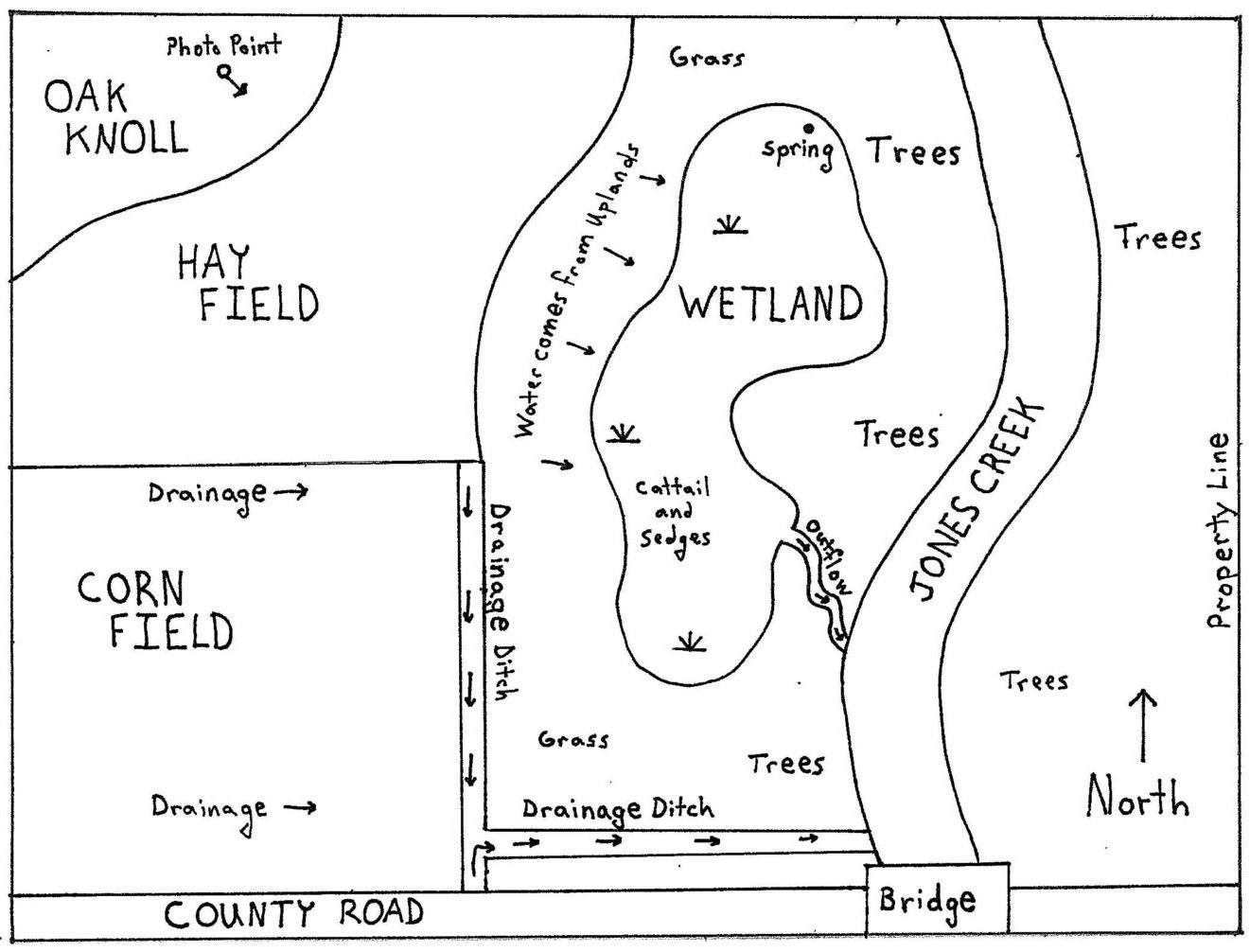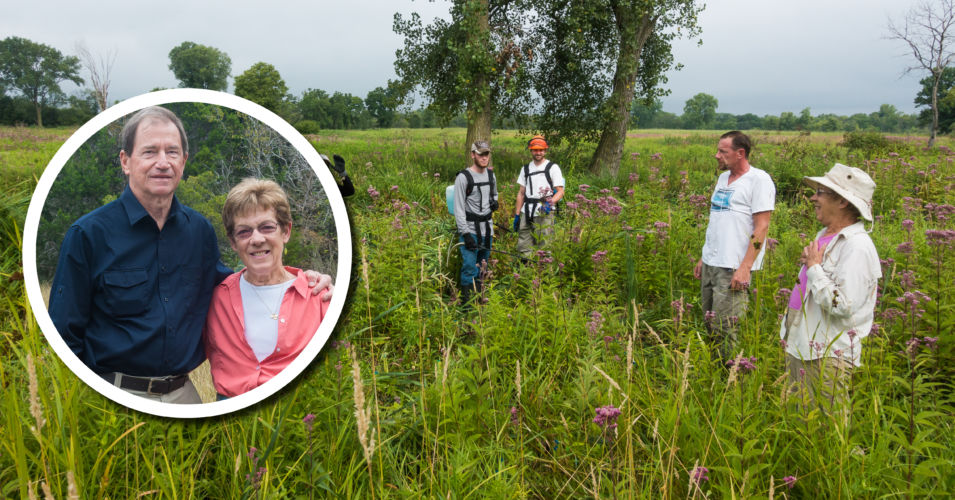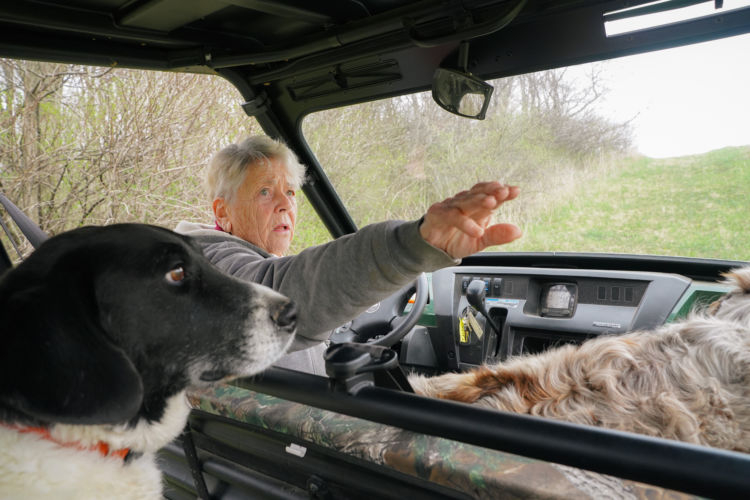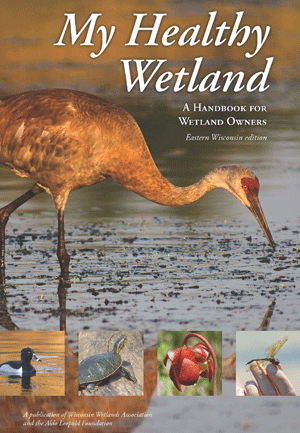Photo points involve repeat photography of an area over a period of time from the same location and with the same field of view as the original photo. Establish a set of consistent points where you want to take photo points and shoot photos from these points several times a year. Photo points are a great way to show seasonal differences as well as change over time.
Where should I put my photo points?
Choose locations that are easily accessible and that have a visible feature you can use as a reference point in each photo. For example, in the photos below, you can see two old wooden posts in the middle of the wetland. Seeing these posts in every photo helps you know you are looking at your wetland from the same vantage point in each photo, even if the vegetation changes or the water levels vary.
Also be sure to select locations for your photo points in a variety of locations across your wetland. Include places where you are doing active management work and places where you aren’t working yet.
How often should I take photos from my photo points?
Try to take photos at relatively consistent time intervals, but not so frequently that the task becomes overly burdensome for you (and thus you never find time for it). Be sure to shoot during different seasons of the year. For example, you could decide to shoot in January, April, July, and October.
Keep track in your field notebook of the dates when you shoot the photos. You might assign a name or code to each photo point to keep track of which photos are which. Include the point name and photo date in the file names for your digital photo to keep them organized so that you can go back and examine differences over time.
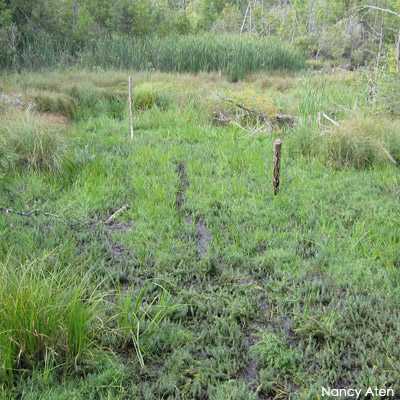
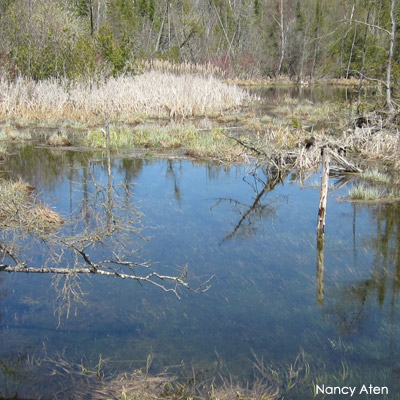
These two photos were taken at different times of the year: the one on the left in August and the one on the right the following May. Note the very different water levels.
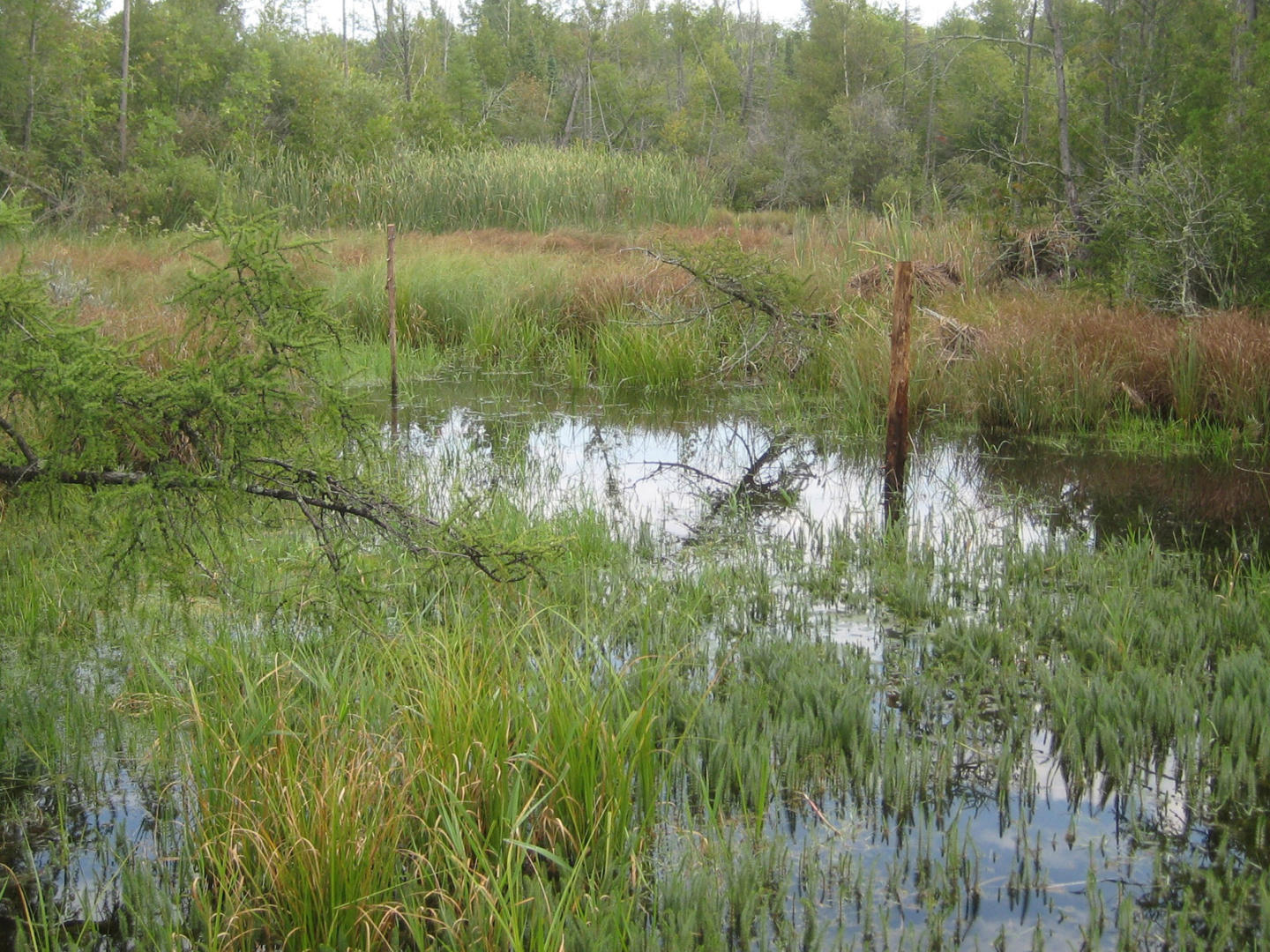
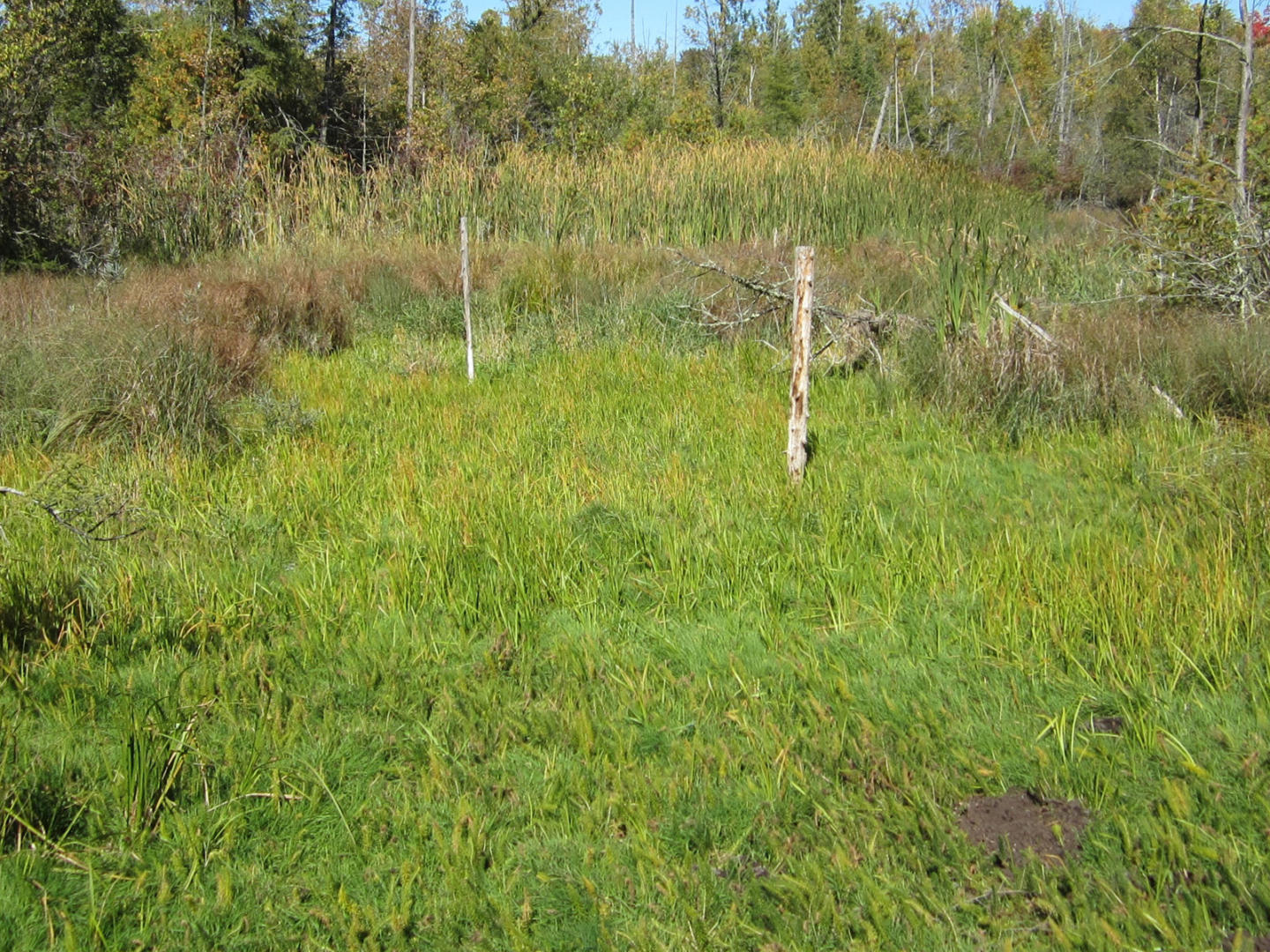
These photos were both taken in September, but in different years. Notice that this basin is full of water in the photo on the left, and dry in the photo on the right.
Photos by Nancy Aten
Related Content
Get to know your wetland by creating a base map
Wetland Coffee Break: So you want to manage your wetland. Where to start?
How one landowner is inspiring her community to care for wetlands


